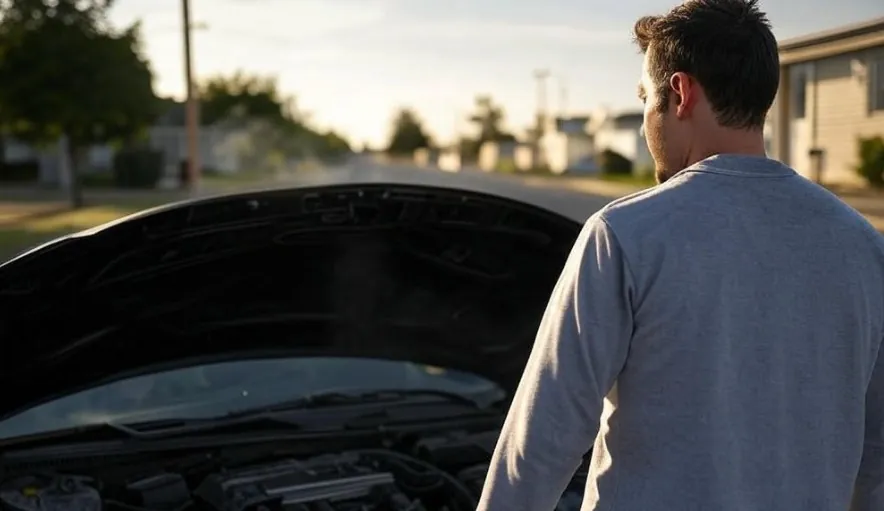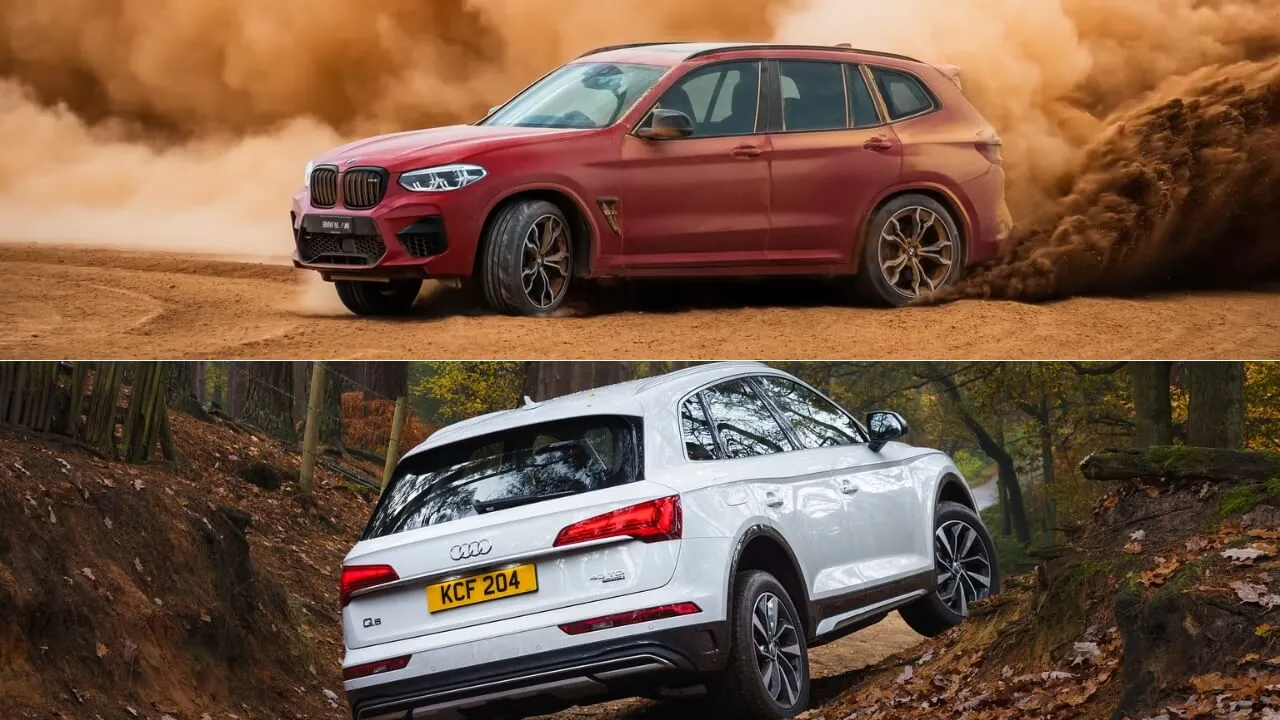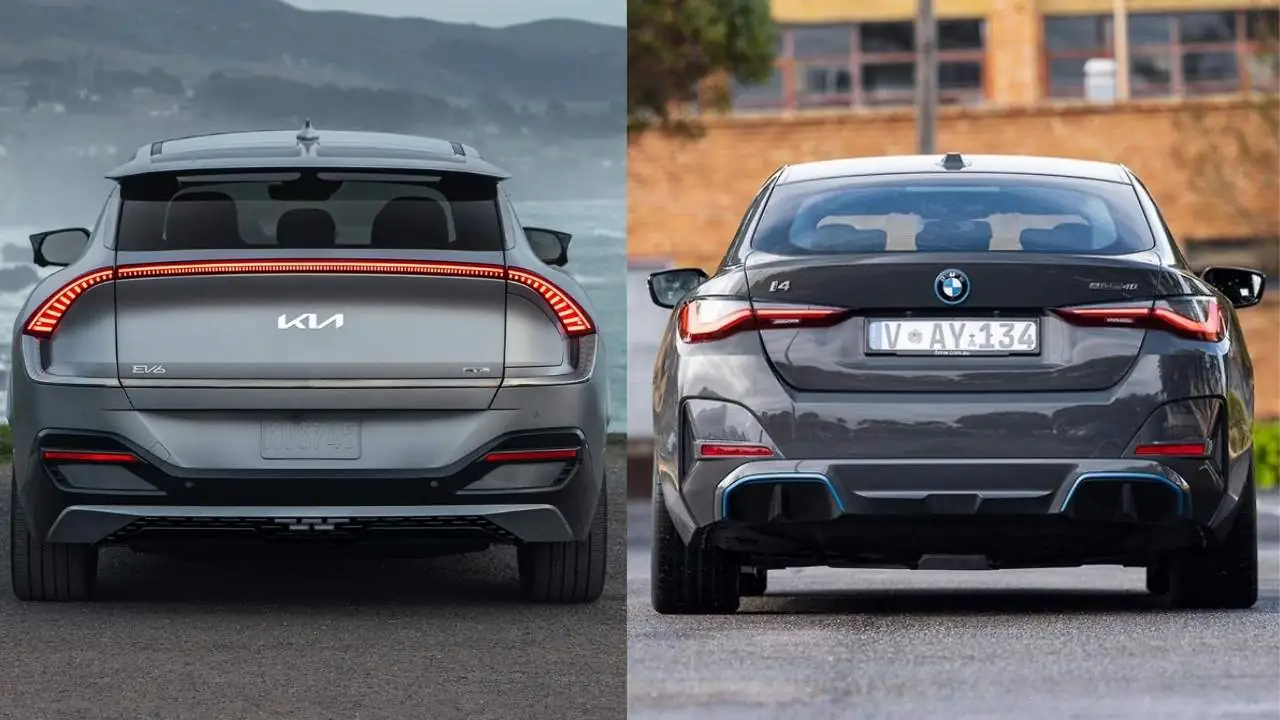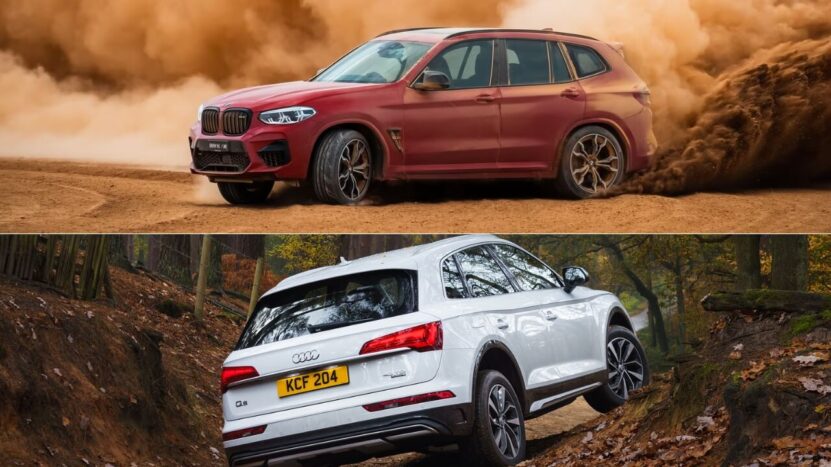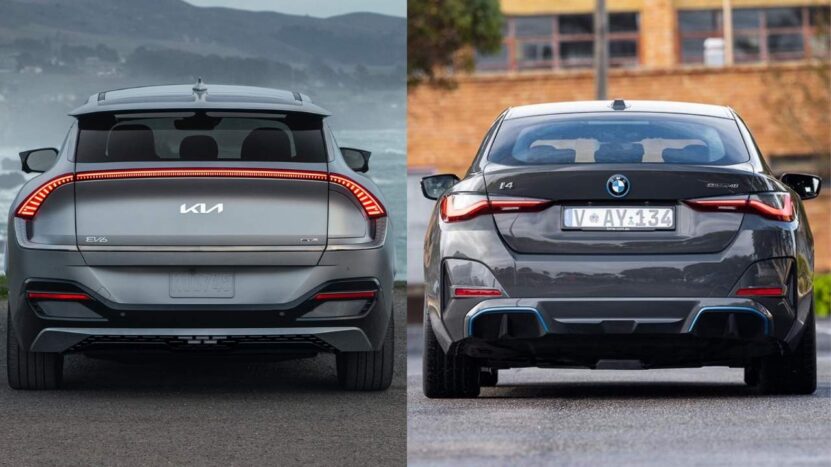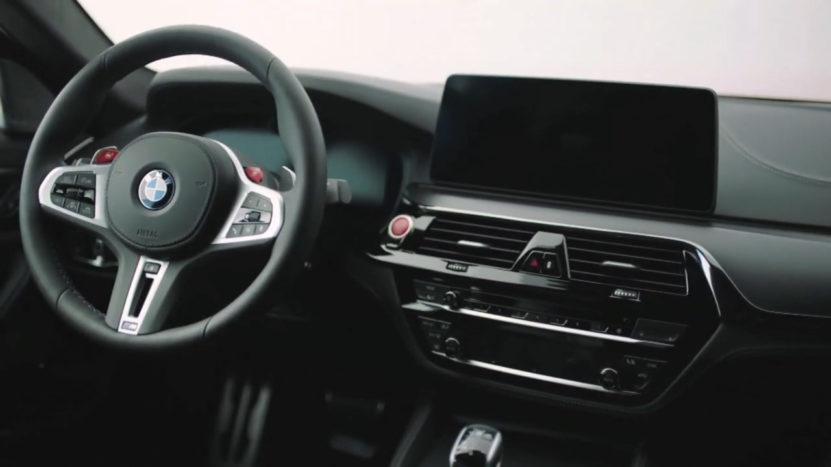
Share Post:
Getting the most out of your ride means more than just tune-ups now and then. With some tweaks under the hood, you can bring out its full power and save gas too.
These ECU files are great for perfecting all the important things that affect how it drives. Once tuned just right, you’ll feel a big difference in:
- Power
- Fuel costs
- Smooth driving
By adjusting stuff like turbo pressure, ignition timing, and torque control, those files really improve things.
Let’s talk more about what gets changed technically and how people thoroughly test it to make sure performance is top-notch after tweaking. Optimizing your car can really make driving more fun while also saving cash.
Car Tuneups
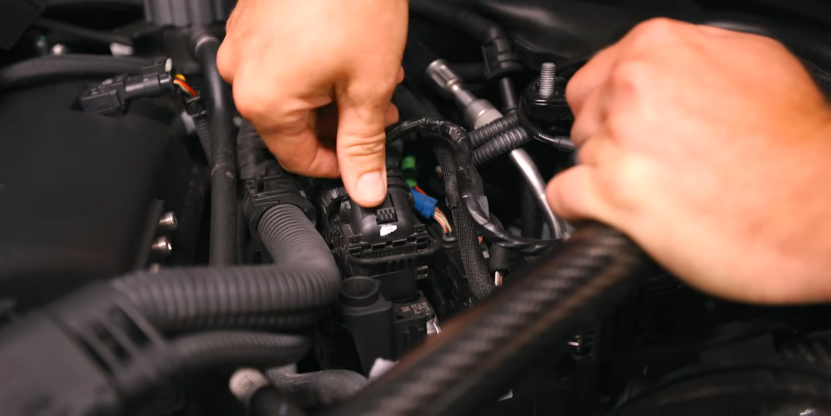
For BMW and vintage car folks, tweaking things is an important part of upkeep. Manufacturers set certain standards before selling a car, but sometimes leave some pep in the engine untapped.
Services like ZIPTuning specialize in tweaking the ECU (brain box) to boost how it runs by refining things. This can mean more power, drivability, and gas savings.
Even cool rides like the BMW M3 and X5 can benefit from tweaking. By refining horsepower, torque, or throttle reaction, tweaking helps maximize how the car performs and makes driving more efficient.
It’s neat to see what cars are really capable of when you refine the details. Owners seem to enjoy squeezing out that last bit of potential and mileage from their wheels.
Our Approach to Engine Control Unit (ECU) Modifications
We looked at tweaking a few things in the ECU brain box to bring out more in your ride.
Increase Turbocharger Boost Pressure
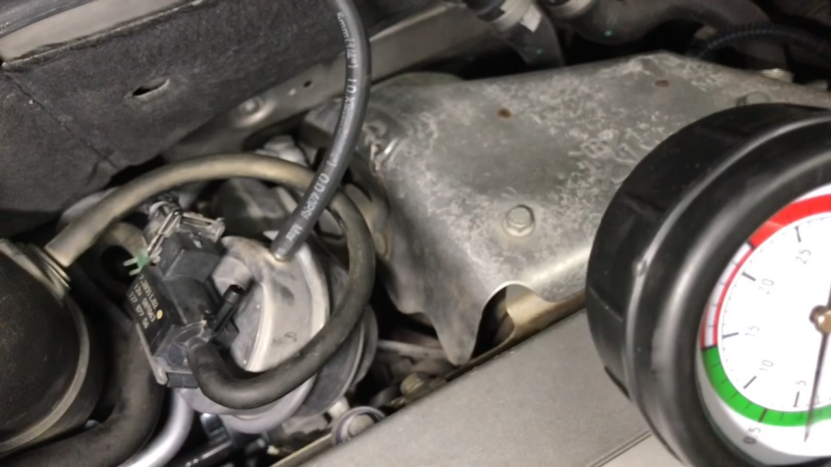
When a turbo gets added to a BMW, even at stock levels, the ECU may need adjustments to handle the extra airflow and speed.
Those changes can happen before or after installation, depending on what the car needs.
Tweaking it for a higher boost adds more air to the combustion chamber, which improves how efficiently it burns gas.
It leads to more power and torque while keeping RPM and pressure steady. Special edition BMWs really benefit from this boost.
The technical stuff can be confusing sometimes, and that’s why being aware of the terms is a must.
Ignition Timing
That engine control unit (ECU) handles the timing of the spark plugs firing in the gas chamber. Tweaking that timing can boost how the engine runs by helping the air and fuel burn more efficiently.
It leads to:
- Quicker throttle reaction
- More power under the hood
- Smoother driving
When those plugs fire just right, it really wakes the engine up. The tech stuff is confusing but the results of these small changes make driving way more fun.
Controlling Torque
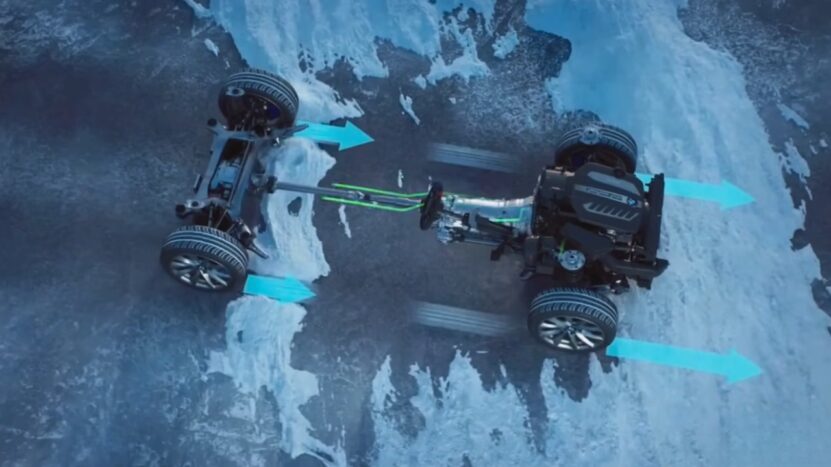
A lot of newer cars have systems to control torque and reduce spinning wheels which could wear parts down quicker.
Tweaking those limits in tuning files can up the torque over more of the RPM range, making the car feel snappier and more powerful during regular driving.
Folks with BMWs may notice faster acceleration and better engine performance after these adjustments. Sometimes that stock control leaves a little pep on the table.
These small changes can really wake a ride up without much fuss. The technical stuff is over my head, but I hear owners loving how it breathes new life into their drives.
Throttle Sensitivity
Throttle sensitivity means how fast an engine speeds up when you hit the gas pedal.
In many cars, especially ones with automatic transmissions, the ECU sometimes slows down throttle response to save gas and make acceleration smoother.
Tweaking throttle sensitivity can lead to quicker response when you step on the pedal, especially during more fun driving modes. Owners seem to like feeling their ride’s full potential under their foot.
The technical details fly over my head, but I hear tweaking that response wakes cars up and makes driving way more enjoyable.
Seems like a small change that can unlock a big smile behind the wheel.
Adjustment of Rev Limiters and Speed Governers
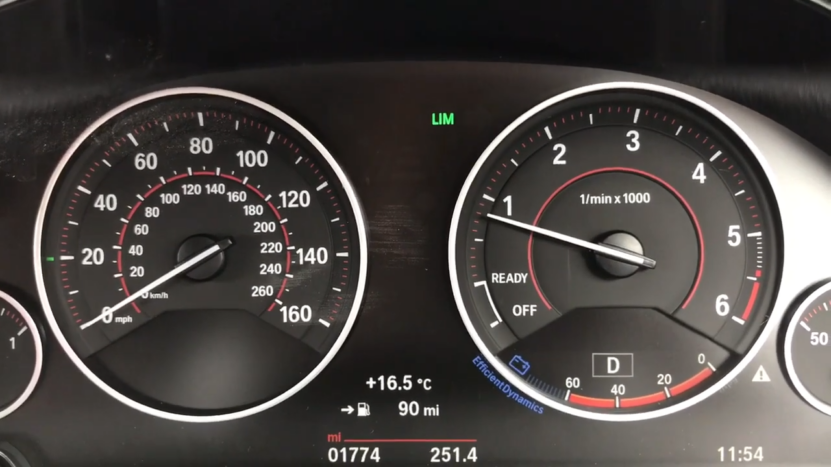
A lot of cars have an RPM limiter and speed lock built into their engine control brain box (ECU) to control how high the engine spins and top speed.
Sometimes those limits can be stretched or taken off using special tweaking software. Owners say that can let the engine wind out higher and boost how fast the car can roll.
Of course, pushing any vehicle beyond what it was designed for comes with risks. These adjustments also might not be road-legal.
Valve Timing Adjustments
New engines, like in BMWs, use a Variable Valve Timing (VVT) thingy to change when the intake and exhaust flaps open and close.
Tweaking those timing files can refine this to boost how the engine runs at different speeds, helping to boost low-end grunt, mid-range zip, and top-end zoomies.
I don’t understand the technical details but it sounds like small refinements can wake up an engine’s potential no matter the RPMs. Owners seem stoked to squeeze out more fun wherever they roll the throttle.
EGR Controls or Other Emission Systems
Those tuning files can also look at important stuff under the hood like the EGR thingy and other emission systems.
The EGR thing helps cut down pollution by sending some exhaust gases back into the combustion area. This lowers the nasty fumes let out.
Plus a lot of newer cars use other systems to control emissions and meet green standards.
I don’t fully follow the technical mumbo jumbo, but it seems tweaks can help optimize how all that eco equipment works for better driving fun while still being kind to the environment.
The inner workings are over my head, but I dig that owners find new smiles without sacrificing what really matters.
Vehicle Assessment After Tuning
After tuning, we do the following assessments to check the proper functioning of the tuning file.
1. Dyno Testing
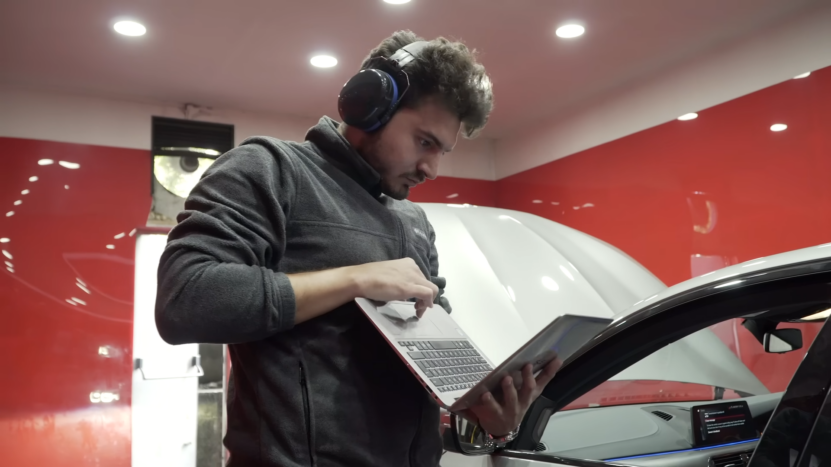
It’s smart to check the ECU stats to make sure tweaking really boosted how the ride performs.
You can compare how much power and torque it made before and after doing the tweaks.
Folks usually check this using dynos, which are special tools for seeing how much muscle a vehicle has.
There are two main ways dynos test usually. It helps ensure any refinements really unlock what the engine’s got under the hood.
I don’t understand all the technical mumbo jumbo, but it seems important owners and shops ensure tweaks deliver what they promise.
Chassis Dyno
Folks use these chassis dynos to see how much muscle the wheels make. They roll the car up on a platform with moving rollers and lock it in tight. Those rollers add resistance like driving on the road.
By tracking the power from the wheels into the rollers, along with other losses, the dyno can estimate how much the engine puts out.
This test is helpful since it considers how well the whole drivetrain works together, from the motor to the tires. It’s not just about what’s under the hood.
I don’t fully follow the techy details, but seems like a smart way to make sure any tweaks improve performance for the entire ride, not just one small part. The inner workings fly over my head, but it’s cool seeing owners truly maximize smiles on all fronts.
Engine Dyno
Folks use these engine dynos to see how much the motor makes all by itself. They lift the engine out of the car and place it on a special machine called a dyno.
The dyno checks the horsepower and torque numbers directly from the engine, without things like the transmission or tires affecting the results.
This method gives precise stats on the motor’s muscle all on its own. But it needs the engine removed which isn’t always practical for cars still being daily driven.
I don’t follow all the tech talk, but seems it’s a good option to really isolate the engine when needed. The inner workings fly over my head, but it’s cool seeing owners truly unlock every last ounce of smiles under the hood.
2. OBD-II Scan
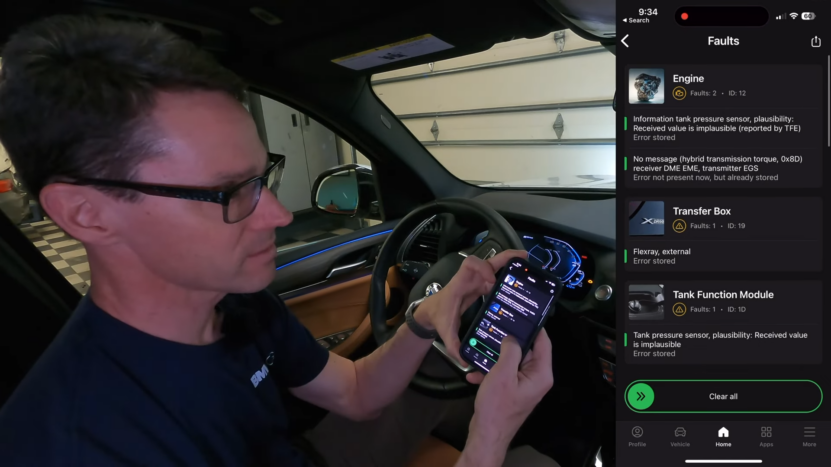
We use those OBD-II scanner things to check on how the engine and whole ride are doing. These little devices give live updates on stuff like:
- How the motor runs
- How much fuel it’s using
- When the spark plugs are firing
They help figure out if anything’s wrong, make sure any tweaks are really happening, and confirm the whole vehicle is operating well.
I don’t understand all the technical mumbo jumbo, but it seems like a handy tool for owners and shops.
3. Road Testing
Folks do road tests to see how a ride handles different driving. They take it out and drive it in all sorts of situations to check things like:
- How it speeds up
- How the brakes feel
- How it steers
It shows you what the vehicle’s really like out on the roads for real. Unlike dynos in controlled spaces, road tests focus more on throttle response and the overall drive experience.
Even if they aren’t as standardized as dynos, taking it for a spin helps understand daily driving better than any machine test.
Customer Support

Now let us talk about the customer support.
Talk Before Tunning
Experts meet with you first to check your ride’s needs and which changes could help. This chat makes sure goals and tweaks are a good match.
Help with Tunning
Their support team can explain what tweaks do and lend a hand if issues come up. That way tweaking doesn’t cause new hassles.
Making Sense of Numbers
Folks are helped to understand how tweaks alter dyno readings and scanner stats. Owners see how adjustments affect things and can refine more.
After Tweaking Check-In
Once done, support still helps ensure performance stays boosted. Bugs are fixed so drivers truly feel improvements every time.
Getting Better Together
Feedback is welcome to help folks get the most out of their rides. Over time their methods and solutions improve thanks to owners’ experiences.
Troubleshoot Team
Issues after tweaking can get support. They help you find and fix bugs so your ride runs smoothly.
Summary
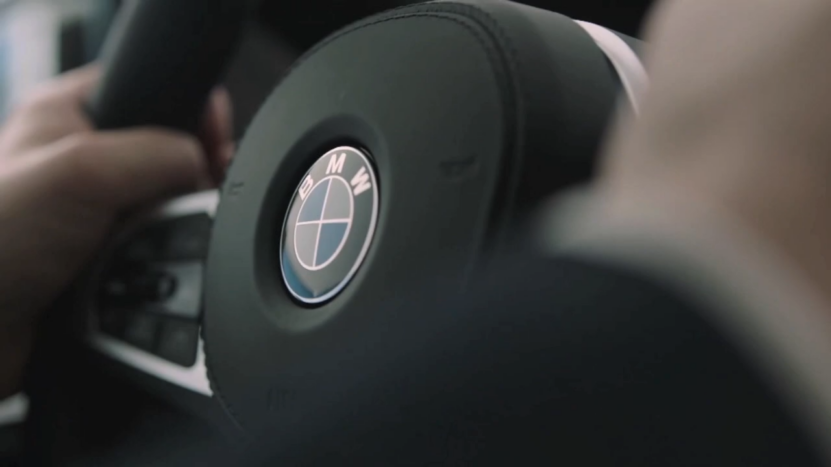
Fine-tuning settings is a great way to get the most out of what your vehicle can do. It can improve how it drives and feels while still using fuel well. Tweaks help tailor your ride just for you.
With the proper know-how and gear, tweaks have a way of reshaping your ride to fit your liking.
But always consider legal stuff and impacts too. Make sure any changes still abide and don’t hurt the environment. Safety and respect should come first.
Related Posts:



